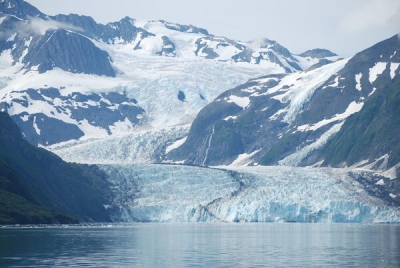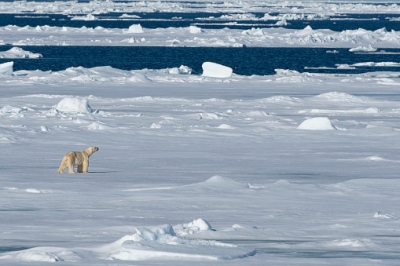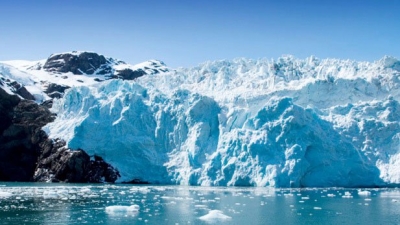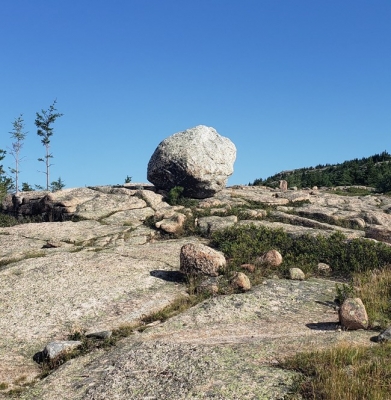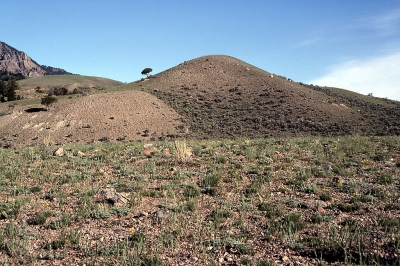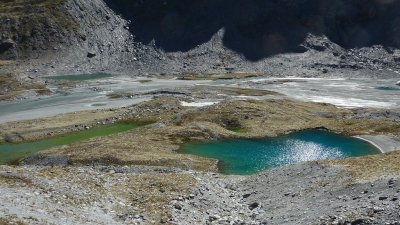DOES ANTARCTICA HOLD MOST OF THE WORLD’S FRESH WATER?
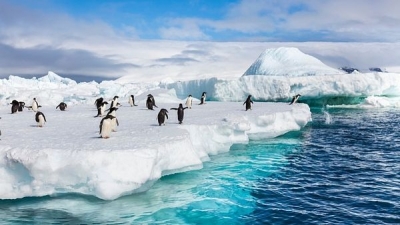
The Antarctic ice cap contains about 91% of all the ice in the world and about 86% of all freshwater that occurs in the form of ice. But despite all this freshwater, Antarctica is considered one of the most arid places on Earth.
Antarctica is the highest, coldest, driest, and windiest of the world’s continents. It is also “tallest” in terms of average height above sea level. Nearly 99% of this land mass is covered with an ice cap with an average altitude of around 2 200 metres above sea level. The area of this vast continent – some 14 million square kilometres – doubles in the winter, when sea ice can stretch as much as 1000 km outwards from the coastline.
Most of the continent of Antarctica lies south of 70°S, although the Antarctic Peninsula stretches northward as far as 60°S. The continent is surrounded by the Southern Ocean, a circumpolar sea that isolates Antarctica from the other continents.
Most of Antarctica is covered with ice, but in many places mountain peaks (nunataks) stick up out of the ice. The Vinson Massif in West Antarctica, with an elevation of 5 140 m, is the highest peak in Antarctica. In addition to the nunataks, there are large ice-free regions called oases where the ice has retreated and where melting outstrips accumulation of new snow. Other areas, known as dry valleys, are free of ice because essentially no precipitation falls there.
Picture Credit : Google
